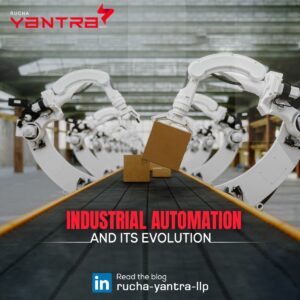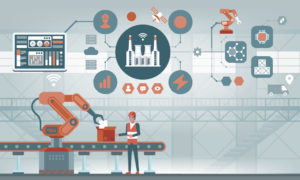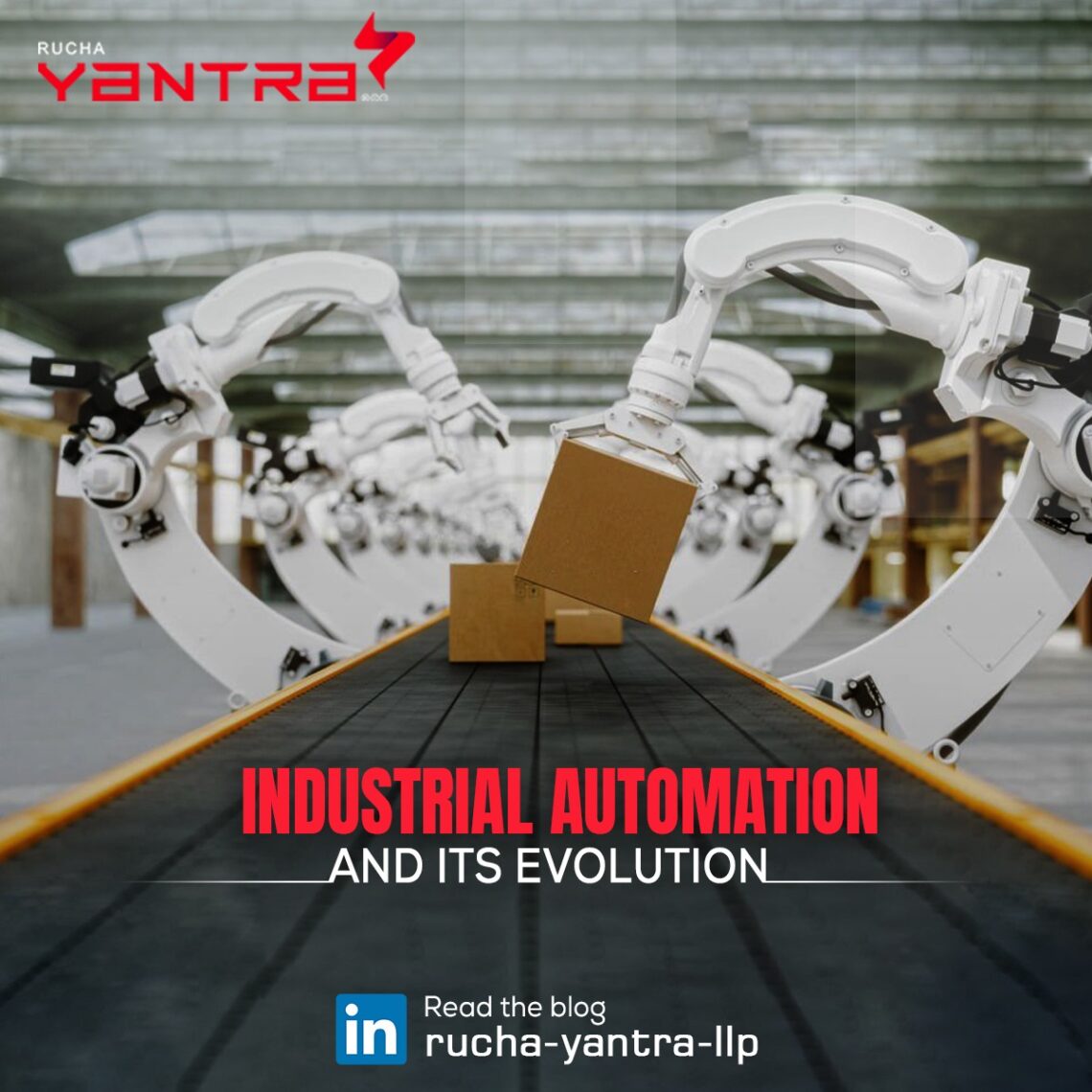 Welcome back to another series of interesting information and insights into modern technologies. This time around, we shall be taking up the topic of Industrial Automation. We hope you find it interesting. Let’s begin!
Welcome back to another series of interesting information and insights into modern technologies. This time around, we shall be taking up the topic of Industrial Automation. We hope you find it interesting. Let’s begin!
Automation is rapidly transforming how we think about, operate, and utilize technology across industries for various processes. Today, industrial automation is a reality that goes beyond mechanization – it involves the active use of control devices like PCs, PLCs, and PACs to successfully navigate industrial processes.
Though it is broad in scope and purpose, industrial automation can be defined precisely. Simply put, it refers to the integration of computerized machinery, information technologies, and control systems into core operational processes, allowing industries to move to higher levels of productivity, precision, and quality.
Understanding the Radical Shift Across Industries
By adopting critical information technologies, computers, and robots for industrialization, one can eliminate the necessity for human labor intervention as much as possible, substituting dangerous assembly operations with automated ones. As a result, industries have seen a significant scaling of productivity, but more importantly, greater quality standards and flexibility in crucial manufacturing processes.
Take, for instance, the automobile industry. With automation replacing the manual installation of pistons into the engine, the error rate has come down to around 0.0001%, where it used to be nearly 1.5%. The impact of automation on automobile manufacturing processes is hard to overestimate; today, a growing number of manufacturing plants are reaping the benefits of industrial automation daily.
Several studies have shown that the popularity of automation thro
ugh robotics continues to rise. In 2016 alone, the worldwide shipment of robots came close to 300,000, nearly twice as much as its growth four years prior.
A Brief History of Industrial Automation
Automation is a process of employing machines and equipment that can be traced back to the 11th century when miners used waterwheels to access water from shafts and tunnels below the ground. The modern understanding of automation began in the 1800s during the period acknowledged as the ‘Industrial Revolution. Factories began utilizing automated tools and processes to scale their productivity.
In the 1920s, electricity was widely used to increase production processes’ speed, transforming factory floors’ dynamics. By the 1930s, moving into the 40s, they began employing feedback controllers, further expanding the scope of industrial automation. Fast forward to the 1980s: nearly every industry, from manufacturing to pharmaceutical, was rapidly transforming thanks to the unanimous embracing of technology in daily operations.
While today some processes in the industrial field have been entirely automated, many others benefit from the continual interaction of human beings and technology. Automation need not be computer-driven, and the scope of industrial automation is broad enough to integrate electronics, hydraulic, pneumatic, and electrical processes. The precision and consistency achieved today with industrial automation are undeniable, as facts and figures from various studies have shown.
Why Industrial Automation Remains the Need of the Hour
With the emergence of Industry 4.0 as a critical player in reorganizing industrial processes, the future of Industrial Automation looks secure and bright. Factory floors are more technologically advanced than ever, continually looking for new ways to reduce costs and TAT. Reports suggest that the Factory Automation and Industrial Controls market will reach $239.11 billion by 2023, a staggering figure for a market that continues to research, develop, and improve.
Today, robotic tools are paving the way for Smart Robots designed to adapt to changing conditions and multitask. Machine Learning and Deep Learning capabilities are built into the fabric of these machines, which means their computational abilities far exceed anything previously envisioned. There is also likely to be a greater confluence of human intelligence and robotics.
Big data is set to change how we think about the industrial sector, helping us reimagine and revitalize its key operations and functions. Decision-making will become a more expensive endeavor with the aid of continual insights and forecasts. Data analytics as a system is already rapidly transforming logistics and production processes; with vital equipment integrating Machine Learning capabilities and critical analytics, a predictive and self-diagnostic approach to maintenance is almost inevitable.
Embracing the Future of Industrial Automation
With a long journey behind it and an important one ahead, Industrial Automation is geared to establish near-accurate factory floors in the future. Moreover, now that we have access to a vast amount of scientific data on our energy consumption, Industrial Automation must address critical issues of material management, efficiency in energy and resource management, and a more accurate understanding of how to utilize the equipment.
There’s a revolution going on in the Industrial Sector – and it involves a creative collaboration between human beings and technology towards a much greater functional value chain.
Stay tuned to Rucha Yantra’s Knowledge Corner as we next bring you the advantages of industrial automation in a detailed piece. Thank you!


